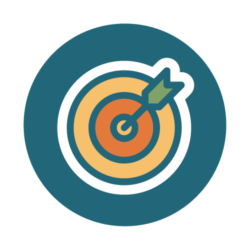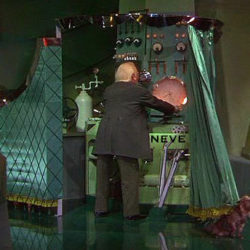A Five-Step Process for Improvement (DMAIC)
Nonprofit professionals are do-ers. We are fixers. Heck, we build planes while we fly them, right? Believe it or not, these penchants for action and for fixing can actually interfere with sound problem solving, data-informed decision-making, and continuous improvement. In our rush to make changes and improvements, we skip important steps that shortchange our understanding[…]










